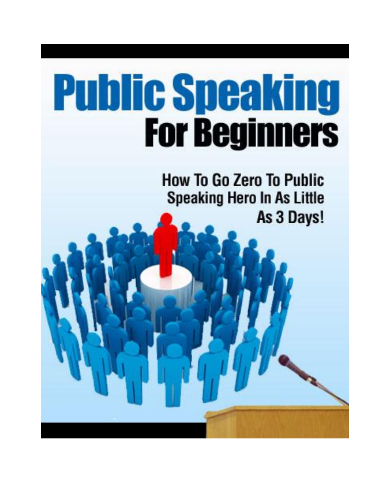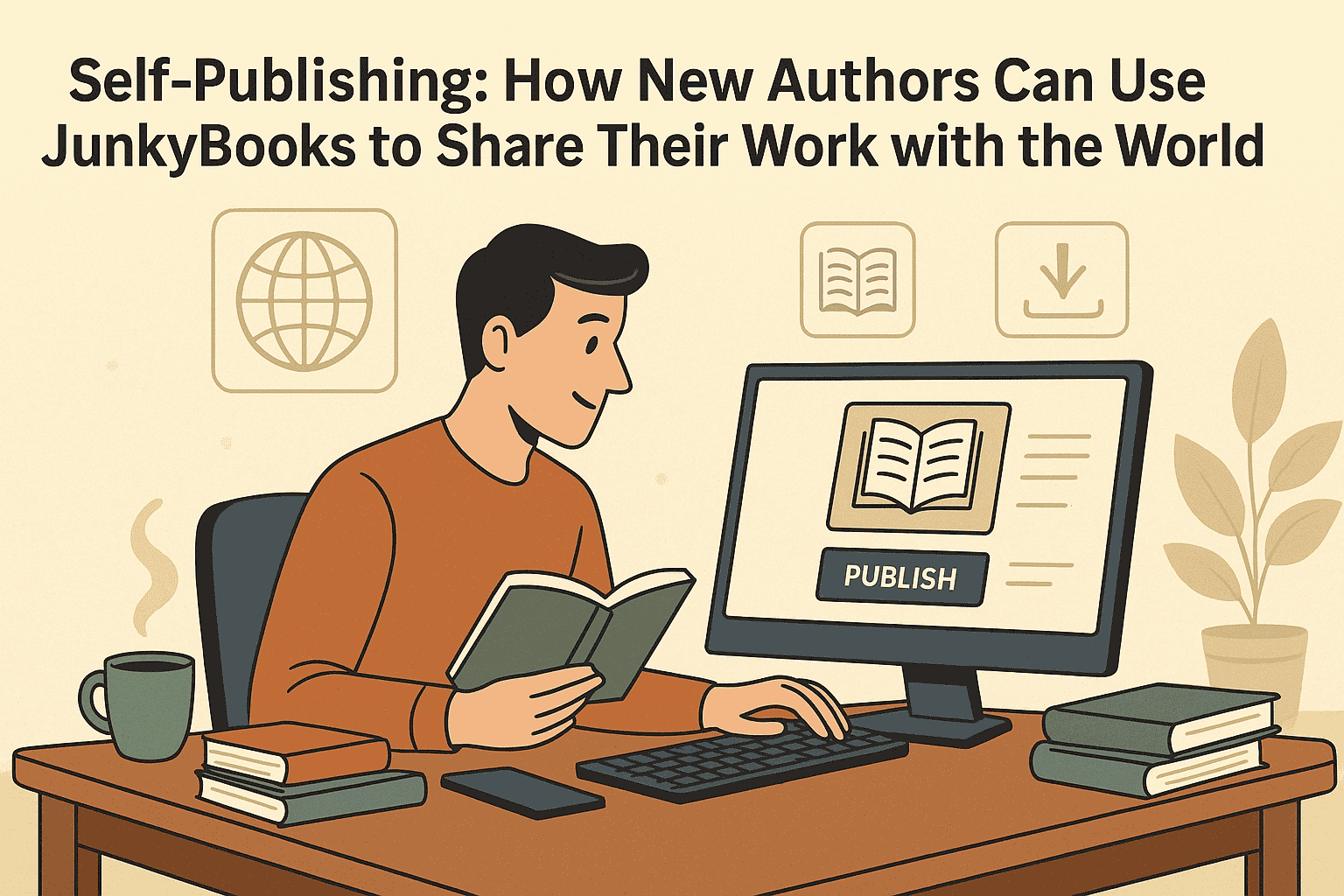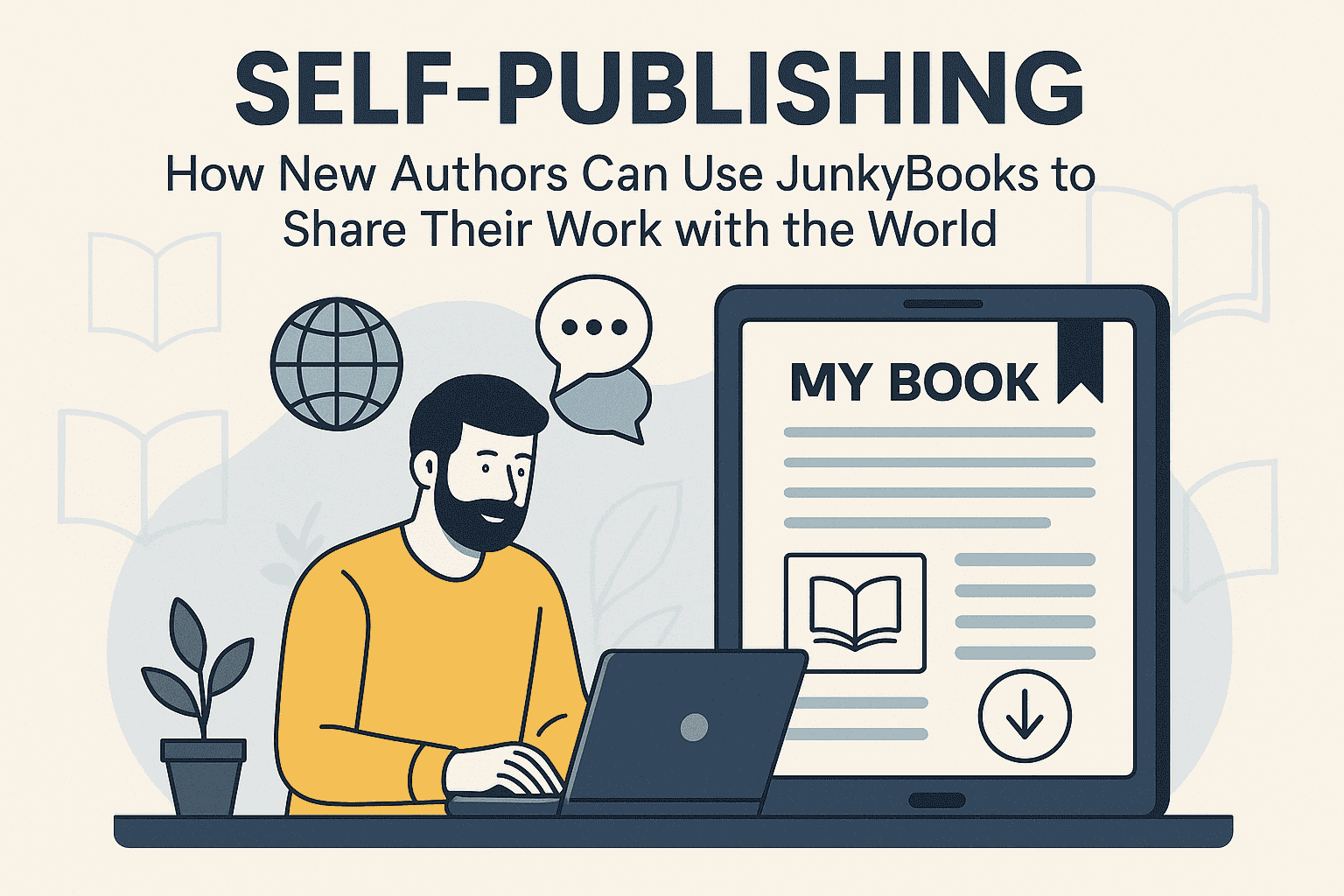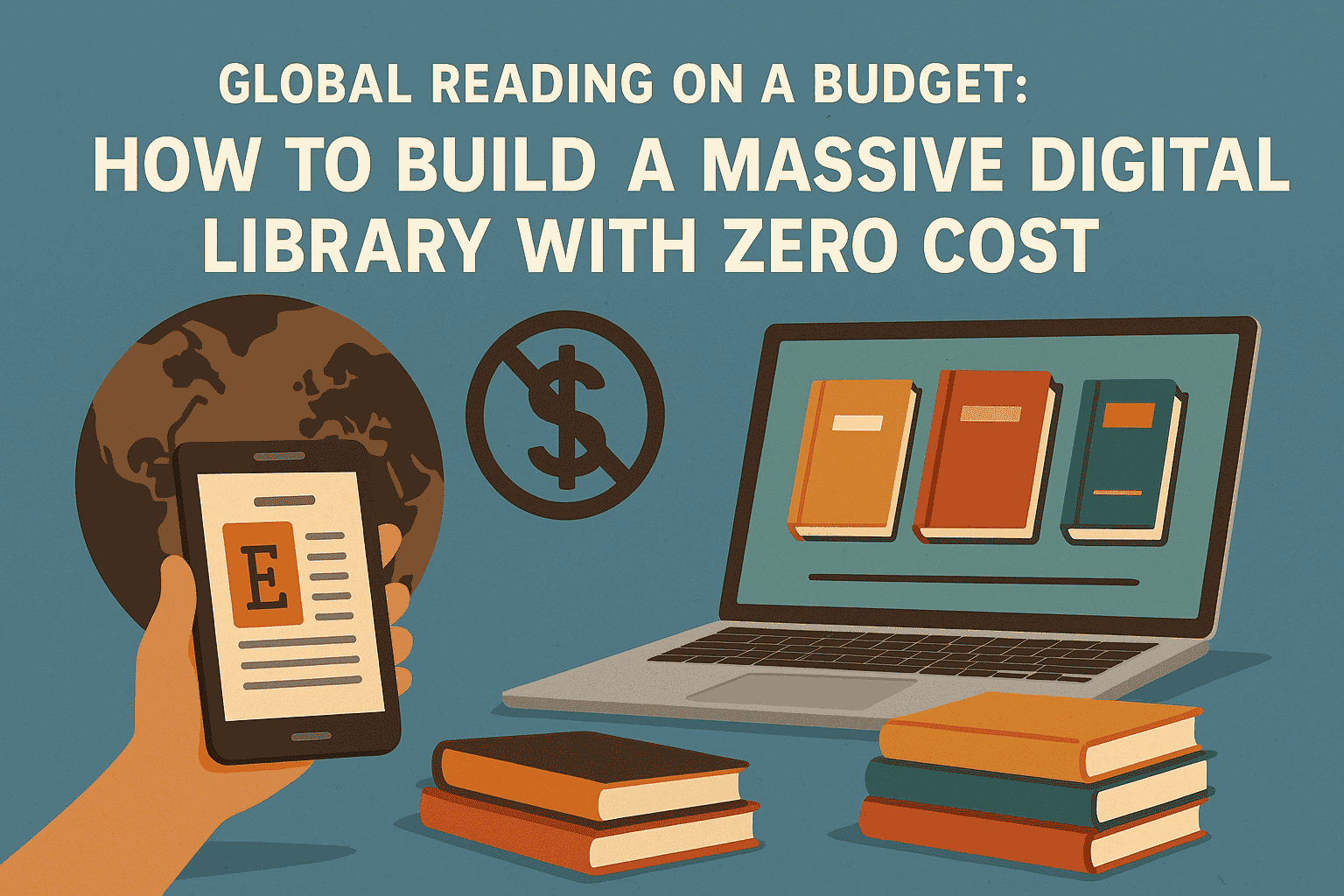How Amazon Changed the Publishing Industry
When Amazon launched in 1995 as an online bookstore, few could have predicted the seismic impact it would have on the global publishing industry. What began as a modest platform to sell physical books quickly transformed into a digital giant that rewrote the rules of publishing, distribution, pricing, and reader access. From empowering self-published authors to disrupting brick-and-mortar bookstores, Amazon has left an indelible mark on every facet of the literary world.
This post explores how Amazon revolutionized the publishing landscape, the challenges and opportunities it created, and what it means for authors, publishers, and readers today.
The Democratization of Publishing
Perhaps the most profound way Amazon changed the industry is by democratizing who can publish a book. Before Amazon, aspiring authors had limited options: submit their manuscripts to traditional publishers, face years of rejection, or resort to expensive vanity presses.
With the introduction of Kindle Direct Publishing (KDP) in 2007, Amazon made self-publishing accessible, affordable, and mainstream. Suddenly, anyone could write, format, upload, and sell a book to a global audience—with royalties as high as 70%.
This shift gave rise to a wave of indie authors who built successful careers without ever signing a traditional publishing deal. Writers no longer needed literary agents or publishing gatekeepers to find readers. Amazon leveled the playing field and, in doing so, redefined what it meant to be a published author.
Price Disruption and the Rise of the $0.99 Book
Another major way Amazon disrupted the industry was through aggressive pricing strategies. In the early days of Kindle, Amazon set low ebook prices, often offering bestsellers for $9.99 or less—much to the dismay of traditional publishers.
Indie authors took this further by pricing their ebooks at $2.99, $1.99, or even $0.99. Some even offered their books for free as a marketing tactic to build an audience. While traditional publishers argued this devalued books, many readers embraced the affordability.
The pricing wars forced traditional publishers to rethink their strategies and pushed the industry toward more flexible digital pricing models. Today, readers expect ebook prices to be lower than print, and that expectation was largely shaped by Amazon.
Changing the Reader Experience
Amazon didn’t just change how books were published and priced—it also changed how people read. The introduction of the Kindle e-reader in 2007 transformed reading from a paper-based activity into a seamless digital experience.
Readers could carry hundreds of books in one device, buy a book instantly, and start reading in seconds. Amazon also introduced features like highlighting, note-taking, dictionary lookup, and synchronized reading across devices.
With algorithms that suggest books based on past behavior, Amazon has become a powerful recommendation engine—arguably one of the most influential tools in a reader’s life. This personalization has made discovery easier for readers and more challenging for publishers to break through the noise.
The Fall of Bookstores
One of the most controversial impacts of Amazon has been the decline of independent bookstores and even large chains like Borders, which filed for bankruptcy in 2011. Amazon’s deep discounts, massive selection, and convenient delivery changed consumer habits dramatically.
While some bookstores have adapted by offering community events, curated selections, and café spaces, others have struggled to compete with Amazon’s efficiency and pricing power. The shift toward online shopping reshaped the retail experience for books and challenged the sustainability of traditional brick-and-mortar models.
That said, in recent years, there has been a resurgence of indie bookstores focusing on local engagement, proving that while Amazon dominates, there’s still space for human touch in book selling.
Empowering the Long Tail
In traditional publishing, shelf space was limited, and bookstores typically stocked only titles they expected to sell well. This led to a focus on bestsellers and frontlist titles, while midlist and niche books were often overlooked or quickly phased out.
Amazon’s infinite digital shelf changed that. Now, niche genres, backlist titles, and specialized topics can thrive. A book about medieval knitting or DIY solar panels can find its audience without needing mainstream appeal.
This "long tail" effect means more books are available to more readers than ever before. For authors writing in less commercial genres, this is a game-changer.
Data and Algorithms: The New Gatekeepers
With its vast trove of consumer data, Amazon uses algorithms to determine which books are shown to which readers. Bestseller lists, “Customers who bought this also bought…” sections, and curated reading lists are now driven by engagement metrics, sales velocity, and customer reviews.
This means success on Amazon is not just about writing a good book—it’s about optimizing keywords, categories, covers, and pricing. Authors must understand the algorithm to gain visibility, and some even employ data-driven marketing strategies to climb the ranks.
While traditional publishers once decided what got published, now algorithms often determine what gets seen and read. This shift has changed how books are marketed and how readers discover new titles.
Subscription Services and Kindle Unlimited
Amazon's launch of Kindle Unlimited (KU) introduced a Netflix-style subscription model for books. For a monthly fee, readers can access a vast library of titles, mostly from self-published authors.
While KU has been a financial lifeline for many indie authors, it’s also sparked debate. Authors are paid per page read, not per book downloaded, and participation requires exclusivity—authors must agree not to sell their ebook on other platforms.
For publishers and bookstores, KU represents another way Amazon controls reader behavior and book access. However, it also reflects changing consumer preferences toward access over ownership.
Impact on Traditional Publishers
Amazon's rise has not been without tension. Traditional publishers have frequently clashed with Amazon over pricing, discounting, and control. One of the most public disputes was the 2014 conflict with Hachette over ebook pricing and revenue sharing.
While publishers have resisted some of Amazon’s terms, they also rely on the platform for a significant portion of their sales. Amazon is now one of the largest distributors for major publishing houses, making it both a partner and a competitor.
Some publishers have adapted by investing in digital imprints, experimenting with direct-to-consumer sales, or building relationships with independent booksellers. Still, Amazon’s dominance in online book sales gives it significant leverage over the entire industry.
Giving Readers a Voice
Through reviews and star ratings, Amazon has given readers more influence than ever before. A well-written review can elevate a book’s visibility, while a flurry of negative reviews can hurt its chances of success.
Authors now engage directly with their readers more often—through author pages, newsletters, or even responding to reviews. This reader-author relationship is closer than it was in the pre-Amazon era, where publishers and critics controlled most of the conversation.
However, the system isn't perfect. Fake reviews, review bombing, and algorithm manipulation are ongoing concerns. Amazon has made efforts to curb these practices, but the power of reader feedback remains a double-edged sword.
The Rise of Hybrid Authors
Amazon’s influence has blurred the lines between traditional and self-publishing. Many authors now take a hybrid approach—publishing some titles traditionally while self-publishing others.
This flexibility allows authors to experiment, retain creative control, and diversify income streams. Publishers, in turn, are starting to sign successful indie authors who have proven their marketability through Amazon sales.
This hybrid model reflects a broader trend in publishing: the power has shifted from institutions to individuals. Amazon played a key role in that transformation by giving authors the tools and platforms to build their own careers.
Conclusion
Amazon has undeniably changed the publishing industry—revolutionizing access, pricing, distribution, and authorship itself. It has empowered writers, lowered the barrier to entry, and expanded the range of books available to readers. At the same time, it has disrupted traditional business models, challenged bookstores, and concentrated market power in one platform.
For authors and publishers alike, understanding Amazon’s impact is essential to navigating today’s literary world. Whether you're a debut novelist, a career nonfiction writer, or a small press, the Amazon factor cannot be ignored.
The future of publishing will likely continue to evolve in response to Amazon’s innovations and influence. But one thing is clear: Amazon has forever altered the way stories are shared, sold, and read.








